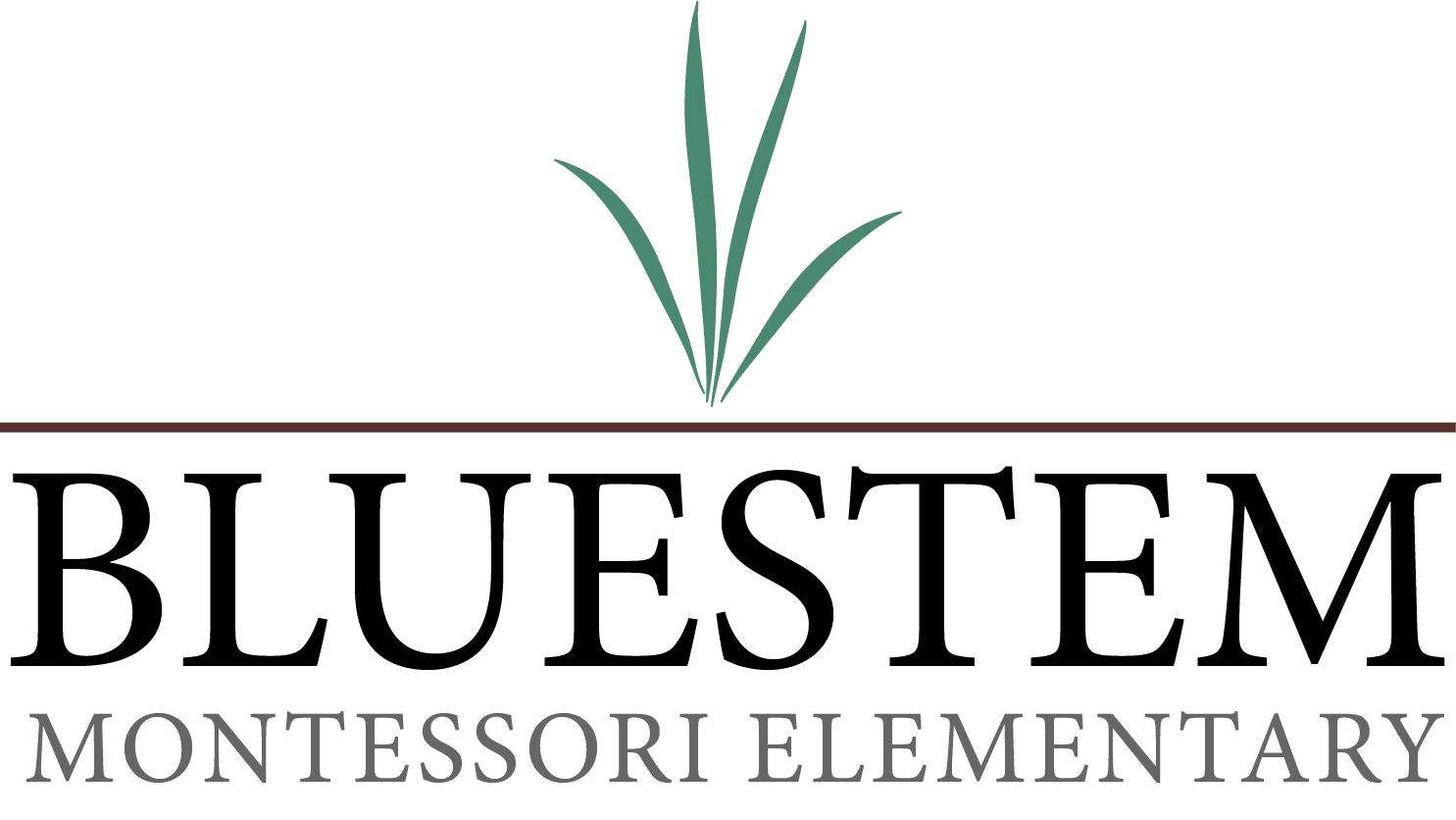Happy Earth Day
With Earth Day fast approaching, it’s only right that this week’s blog post be about Bluestem Montessori’s view on nature and environmentalism. Having been raised as an environmentalist myself – I was recycling WAY before it was cool, when you had to drive it to the special recycling station – this is a subject very near and dear to my heart.
Years ago, I read a book which has really stayed with me. Richard Louv’s Last Child in the Woods defines a condition he dubs nature-deficit disorder, and explores the problem that our children are getting far less access to nature than we did as children. This leads to all kinds of very bad consequences, Louv finds, including emotional disorders in children, an inability to focus, and poor physical health, among other things. On a larger scale, when kids don’t get outside in nature, there are societal and environmental consequences. Being in nature leads children to value nature, which leads to their engagement as active eco-champions (yes, I just made up that word.) Kids who have access to unstructured time outside in nature are better able to focus, more compassionate, and more creative. These are exactly the traits that Montessori is all about.
I guess there are three things that stand out to me from this book and from my own upbringing:
1. Children need unstructured playtime outdoors. This allows them to be more focused, learn to solve problems on their own, and lets them create their own society and community in which they make the rules (and deal with the problems that arise in any community). roxaboxenOne of my all-time favorite kids books is Roxaboxen, by Alice McClerran and Barbara Cooney. In it, a group of neighborhood children create their own town in the desert, to which they return year after year. Their play is elaborate and simple at the same time. It is exactly what I remember from my Montessori recess time when I was a child – time spent in the ‘woods’ behind our school (really a small strip of trees and vines) making up games and swinging from vines like Tarzan, planning fairy tea parties and going on quests. At Bluestem, we will have a long recess – about an hour, depending on how long it takes the children to eat – in a wonderful nature-rich play area.
2. Children need access to nature to make them feel peaceful, relaxed, focused, and connected to their world. I have thought a lot about how we can accomplish this at Bluestem. As an urban school – even in Lincoln NE – we will not have the same easy access to nature that farm schools do. That got me thinking about how we can make sure that our city kids can experience nature, and that got me thinking that nature does not only exist on farms. It is everywhere. We can participate in our natural world the same way people do in cities around the world. We can be an urban-homesteading school. In our space at the Unitarian Church, we will do container gardening. What we do in our permanent location depends, of course, on the location – but we have thought about chickens, vermicomposting, and gardening. From the start, we will also participate in nature through more conventional methods: nature walks and outings, plants in our room, a class pet (I am SO stinking excited about this!!). We can look at clouds and learn about weather. We can bring nature in to our room – pinecones and feathers under microscopes, experiments with different kinds of seeds, birds’ nests, skeletons. We will cook weekly and learn about the origins of our food. Further, our location at the Unitarian Church couldn’t be more ideal. Our classroom adjoins an enclosed play area, and looks out on the area with a wall of windows. There are two amazing things about this: first, when working inside, our kids will have access to wonderful natural light. Think about what working in the sunshine does to your mood and productivity, and apply that to a classroom of 5-9 year olds. Second, our students can work outside whenever they want. We will have outdoor rugs which they can take, and do their work outdoors. Obviously weather will have to be taken into account, but for the most part, whenever our children want to take their work outside, they can.
3. Children should be taught to be responsible environmental stewards. Part of this comes from the first two points: if you participate in an environment, you learn to respect it. And when you respect an environment, it is natural to want to care for it. Part of this also comes from practices we will use in the classroom. We will of course recycle. We will reuse. We will reduce the amount of trash we create. And we will learn about our world and what we can do to care for our world.
At Bluestem Montessori, nature is a vital part of our classroom. Environmental stewardship is a vital part of our community.
Happy Earth Day to all of you – I hope you are able to fit some rejuvenating outdoor time in your busy schedules!
Until next time,
Laura

